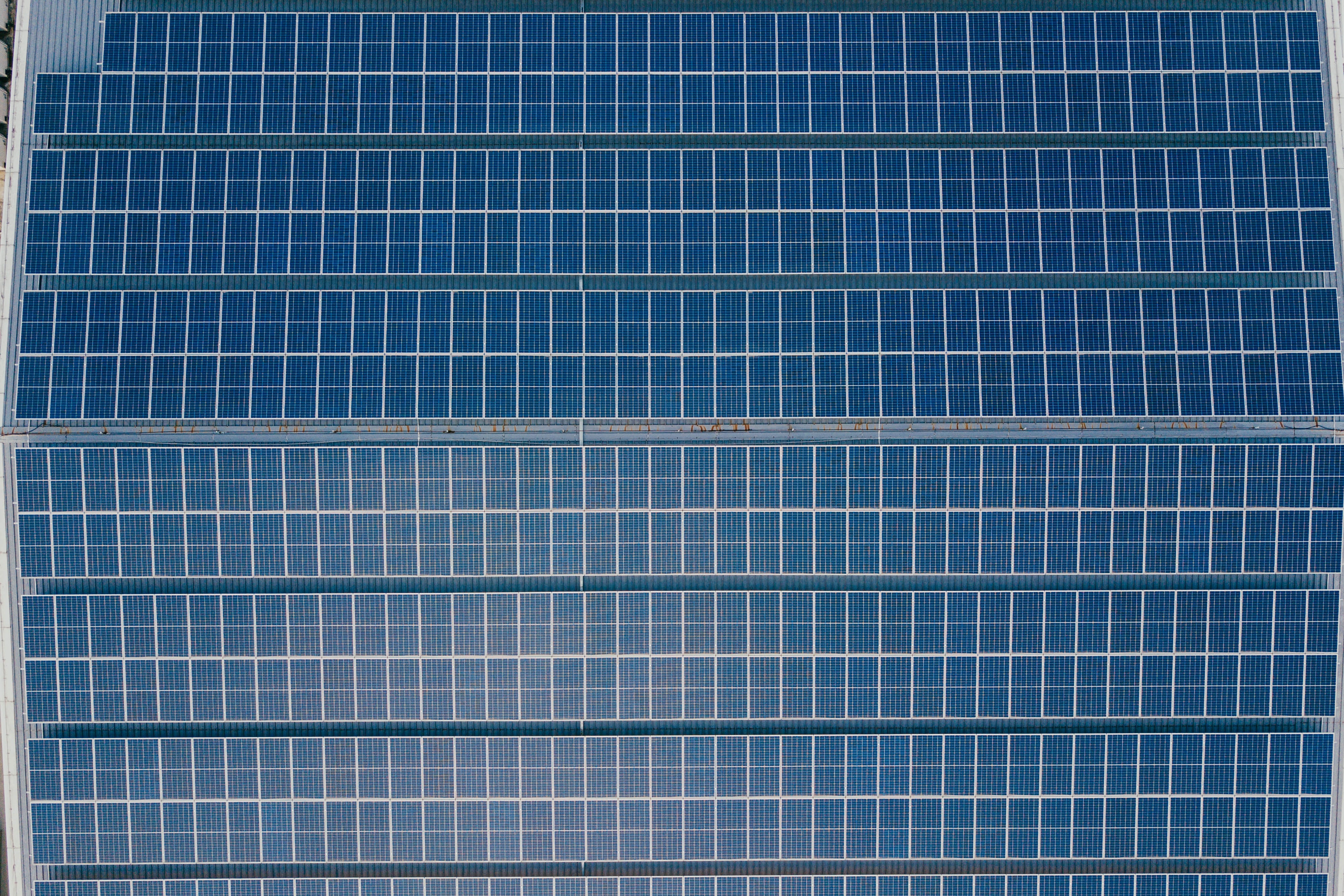Speech by UNDP Deputy Resident Representative, Mr. Patrick Haverman
Launch Workshop of End of Life Solutions for Wind and Solar Power Systems Study
December 13, 2021
Photo: CHUTTERSNAP on Unsplash
Mr. Doan Ngoc Duong, Deputy Director General
Distinguished representatives from ministries, provincial departments, businesses, associations and institutions,
Colleagues from development partners and international organisations
Ladies and Gentlemen,
Xin chào and Good Afternoon/Good morning!
On behalf of UNDP, it is my great honour to be joined by Deputy Director General Duong as we welcome you virtually to the launch of this important workshop to discuss end-of-life solutions for solar photovoltaics and wind power systems in Viet Nam.
As one of the world’s fastest growing economies, Viet Nam is characterized by high carbon and energy intensity. Among the sectors, energy is the largest contributor representing about 70% of the Viet Nam’s total emissions by 2030.
In that context, Viet Nam has strong determination to pursue clean energy transition by increasing the share of renewable energy in the energy mix through the Politburo’s Resolution 55 on “Orientations for the Viet Nam’s National Energy Development Strategy to 2030 and a vision to 2045”, the under-development of the National Energy Development Master Plan for the period 2021-2030 with a vision to 2050, and the anticipated Master Plan for Power Development for 2021 - 2030 with a vision to 2045.
The Government of Viet Nam is congratulated and commended for its stronger targets towards net-zero emissions by 2050 as well as the significant progress made for the expansion of wind and solar power generation with a wide range of policy measures, grid development, attractive feed-in-tariff schemes and incentives to the renewable energy investment environment. I would also like to commend the business in energy sector for fast development and investment in wind and power energy generation. Wind installations grew from 30 MW in 2012 to 630 MW in 2020 while solar has seen even more impressive growth from 86 MW in 2018 to 16.6 GW in 2020.
The future implementation of clean energy transition and net zero emission targets foresees a substantial increase in installed capacity of renewable energy sources leading to an increasing waste streams from solar and wind power components in coming years.
The study that we will present today assesses the flow of materials and waste generated during the operation and end-of-life stage of photovoltaic and wind power generation facilities based on the anticipated capacities in the draft Power Development Plan 8 and the internationally accepted waste estimation methodology. This looks into national regulatory framework and infrastructures on waste management and international legislation and current technological possibilities to identify opportunities and the barriers and gaps to create an enabling environment for waste management of wind and solar systems in Viet Nam. Our colleagues and expert team will shortly share a more detailed finding of the study, including key recommendations for Viet Nam.
To address the environmental impacts of the anticipated waste streams, I would like to highlight three key elements for consideration:
Firstly, proactive action on addressing End-of-Life solutions for Solar PV and Wind power systems is important to maintain the integrity of clean and green sources of energy production and the green branding of solar PV and wind power systems. For the coming decades and beyond in Viet Nam, solar modules, wind turbine blades, and ancillary components will need to be refurbished, reused, recycled, or safely disposed of. This represents an opportunity at this point for setting up a proper system for the waste management of End of Life renewable energy plants.
Secondly, the revised Law on Environmental Protection, the future issuance of the Decree guiding the implementation of the Law on Environmental Protection and the existing legislations have provided a comprehensive policy framework on waste management. The importance is to integrate and mainstream the End-of-Life solar and wind management into the implementation of these regulations.
Third, given recycling and treatment technologies for solar PV and wind power wastes are still at a nascent stage around the world, joint efforts and coordination between solar and wind producers and waste recycling and treatment facilities, and among the government, research institutions and businesses are required to build up systematic management framework and viable technologies to address solar and wind waste. The recent launch of the Viet Nam Circular Economy Hub and the circular economy agenda would effectively facilitate this collective action.
Ladies and Gentlemen
We would like to extend our appreciation to the partnership with the Institute of Energy and all partners from ministries and local department, and representatives from solar and wind power plants and waste management facilities and individuals who have contributed to the successful study that led to the launch today.
Over the course of the afternoon, we will listen to several crucial presentations that discuss the results of the study and jointly envision sustainable and environmentally friendly pathways for crucial components of Viet Nam’s renewable energy system.
We look forward to the open and informative discussions at today’s workshop as we move towards a net-zero emission future that guarantees decent work and quality of life outcomes for current and future generations.
Wish you all with good health and success!
Thank you! Xin cảm ơn!

 Locations
Locations




